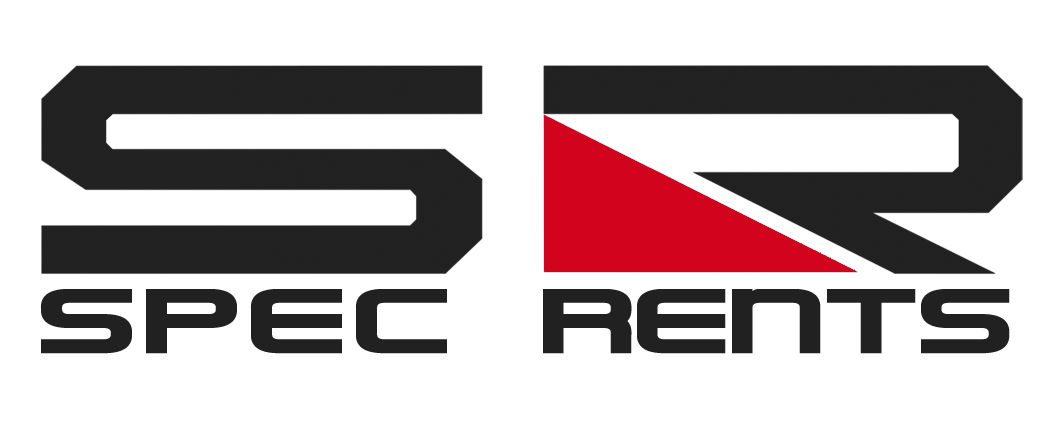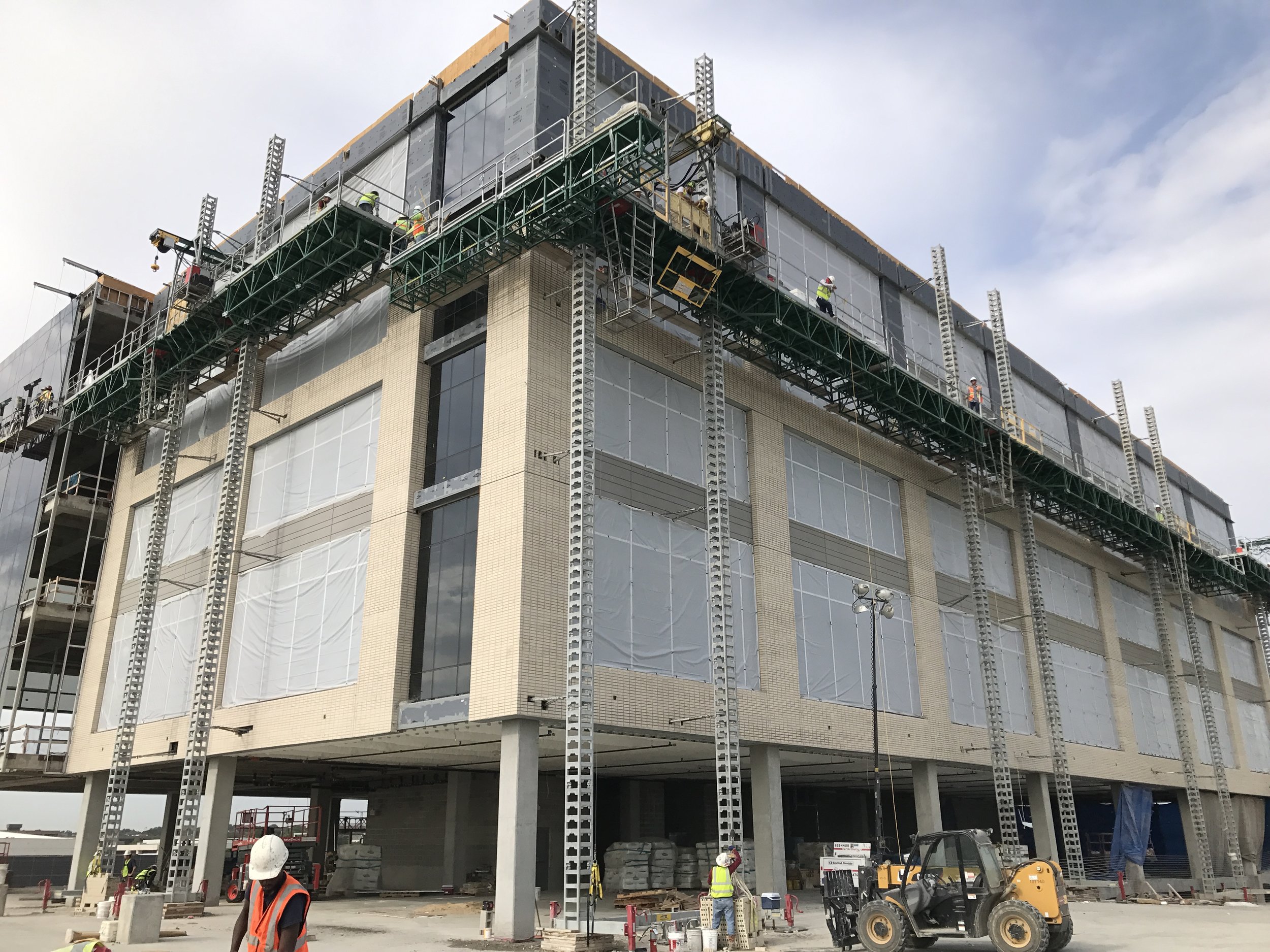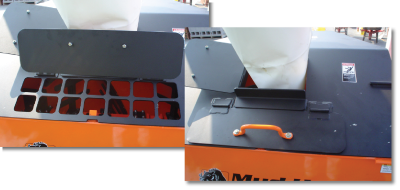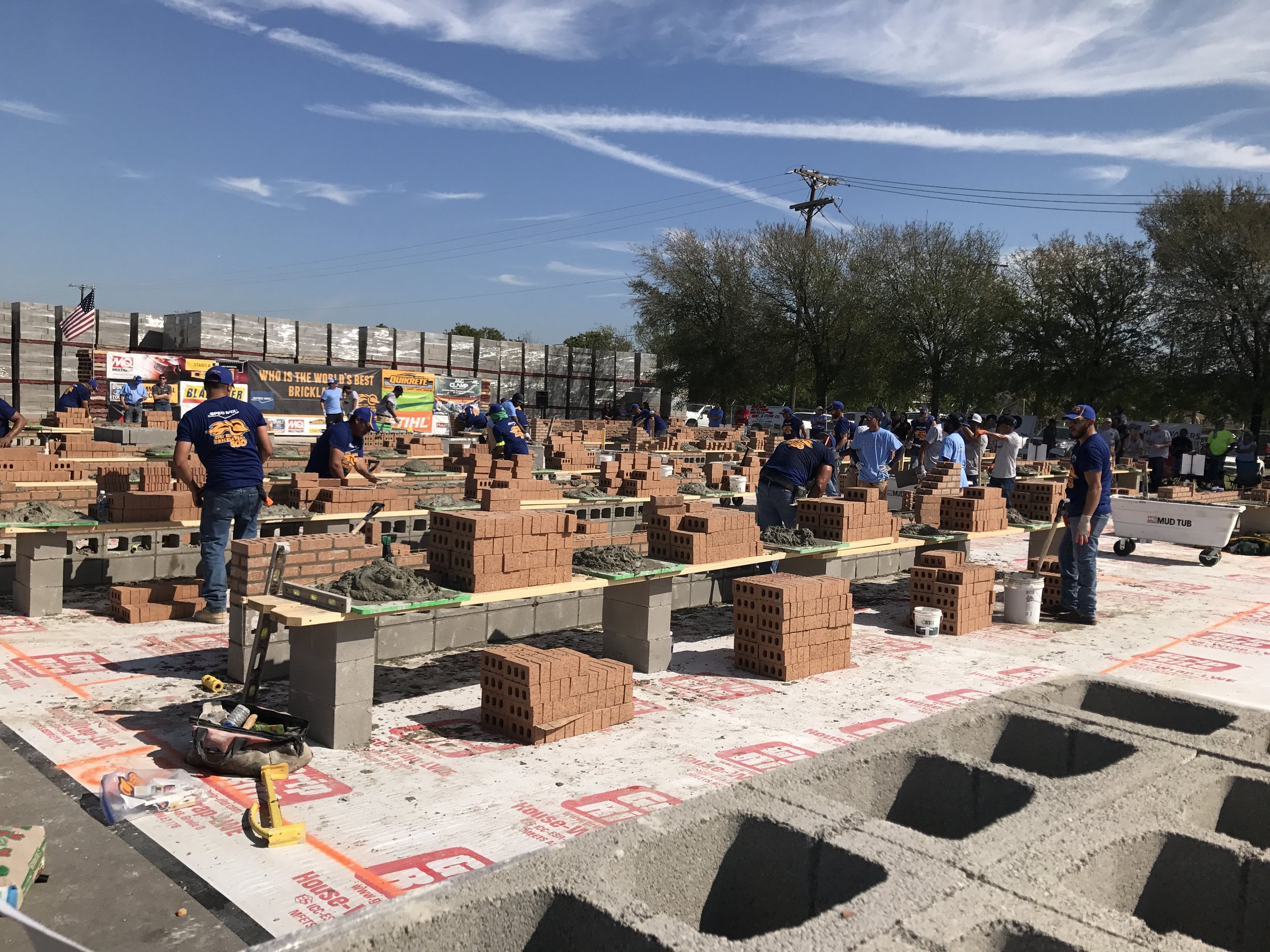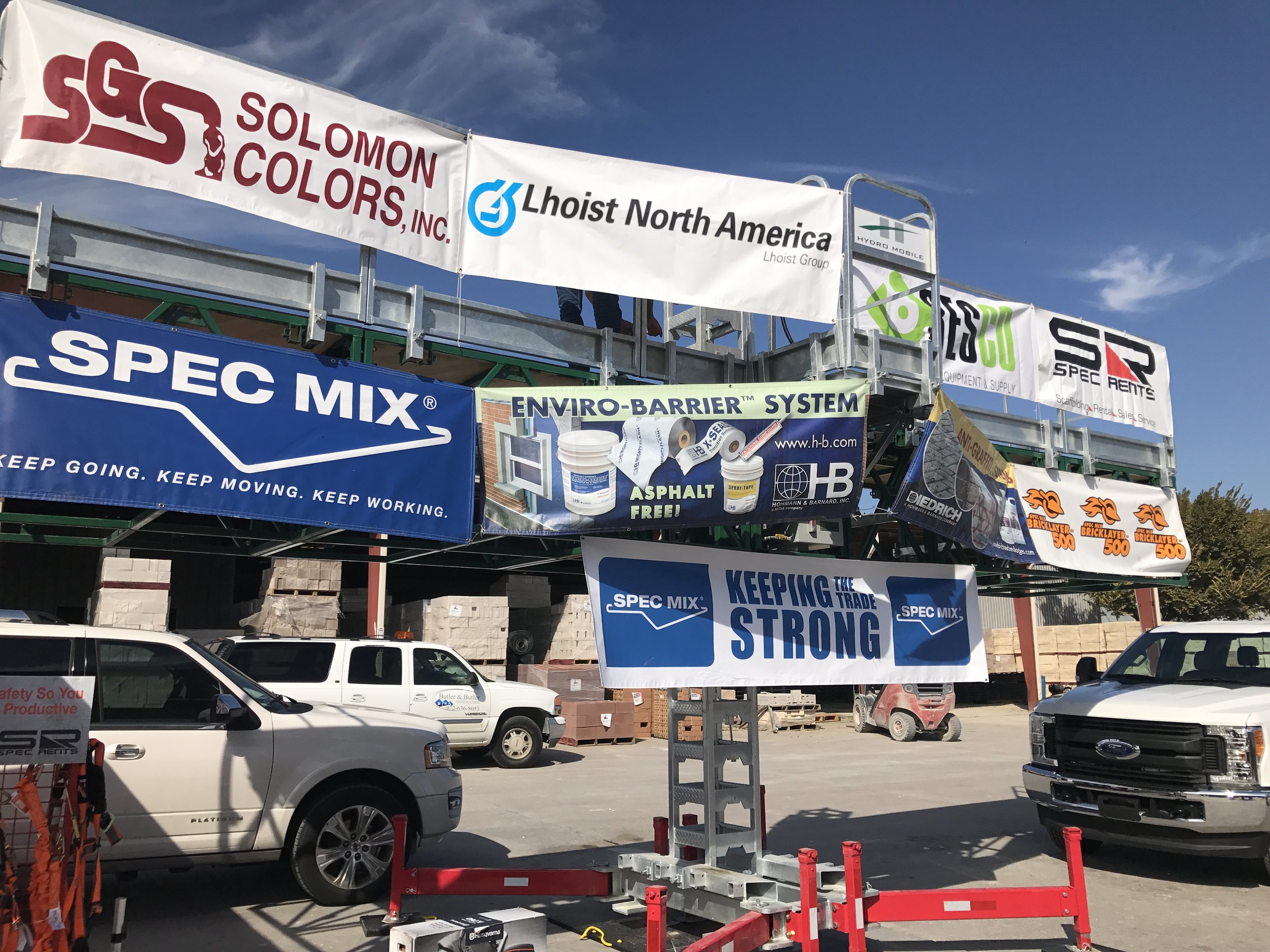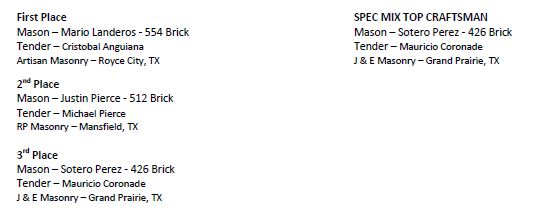1. Put safety first always. Providing a good safety program may go unnoticed but if you remind them that you're keeping them safe so they can go home every day to those who love them, it can go a long way.
2. Write a thank you or card to their family. Brag on them and say thanks for sharing them with you. There's may hours of overtime throughout the year in construction. Let them know you appreciate the sacrifices they sometimes make for the jobs to get built on time.
3. Provide good equipment. I know, I know. You're thinking, "but they tear it up!" What if you said you're providing it because you know they'll appreciate the quality and take care of it? It may go further than what you'd think.
4. Communicate across the company. Team meetings to review upcoming work and newsletters, blogs, or social media can help keep employees informed of what’s happening across the company and what's coming down the pipeline. It will make them feel valued and secure in the future.
5. Provide breakfast or lunch periodically. They say the way to a man's hear is through his stomach. As a female, I would say this is true for women too! A family that eats together stays together. Your team is your work family and we all want them to stick around, so this is a good way to boost employee morale and thank employees for their hard work at the same time. Something as simple as pizza, burgers, or breakfast burritos will do the trick.
6. Give them company apparel. Most employees will proudly wear this as a badge of honor that they work with your team. Let them show their company pride with a branded hat, shirt, or jacket! Here’s another way to market your brand at the same time.
7. Recognize exceptional work! When you're finished with a project, share the excitement and tell them they're a part of the team that made it a success. You could give them a photo of the project, a project t-shirt or hat, or a celebration to show your appreciation (see #5 and #6).
8. Recognize Employees of the month. This can be a hard one- depending on the company size and configuration but it can go a long way. Consider having each foreman nominate someone. Be sure to include why they were nominated. Recognizing them in a newsletter, a meeting, a certificate, or a special hat or shirt would all be great ways to do this (see #6).
9. Host Company Picnics or Parties. Bringing your entire crew, including their family, is a great way to boost company morale and teamwork. It gives management an opportunity to thank the families in person (see #2.)
10. Provide training and/or advancement opportunities. Workforce development is a huge buzzword right now and for good reason. We need more tradesmen than ever before. Training is a win-win for both the company and the employee.
We are forever thankful for our Spec Rents team. Their hard work, dedication, and loyalty help to increase the safety and productivity of our customers and we appreciate all they do.
Happy Thanksgiving to you and your family. May your turkey be moist and your home and heart be full of love and thankfulness this holiday weekend.
Post by: Elizabeth "Liz" Graves, Sales Manager at Spec Rents, LLC. Contact Liz at lizg@specrents.com
